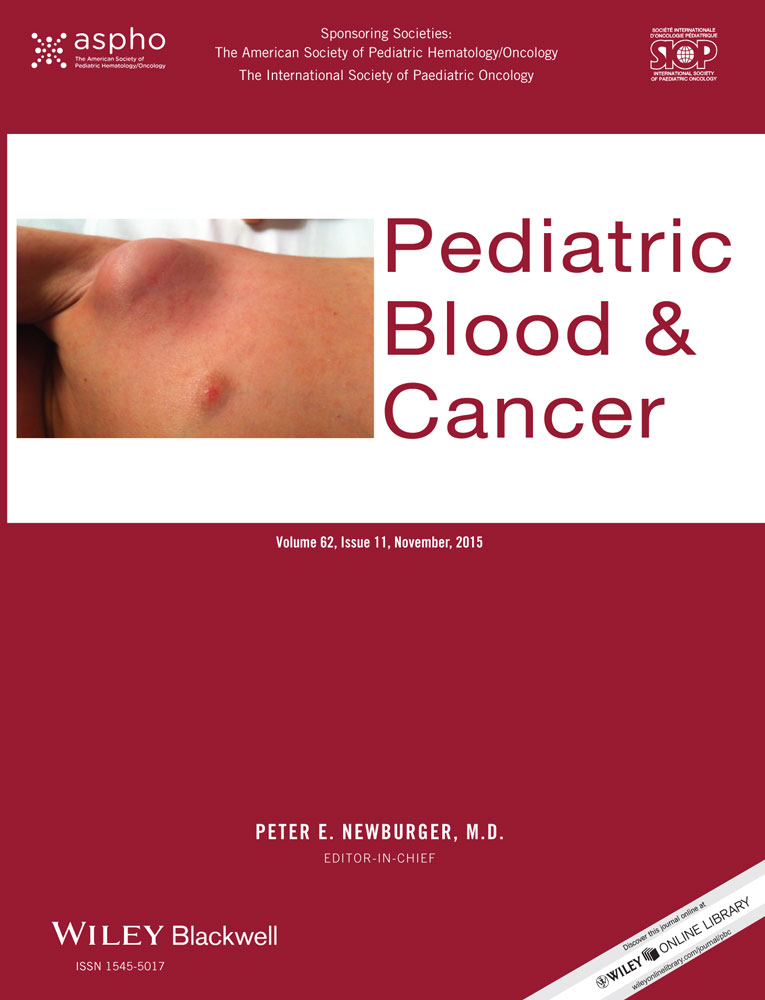Abnormal body mass index at diagnosis in patients with Ewing sarcoma is associated with inferior tumor necrosis
Abstract
Background
Abnormal body mass index (BMI) in cancer patients at diagnosis has been associated with lower survival rates. The degree of tumor necrosis after induction chemotherapy in Ewing sarcoma (EWS) is highly associated with treatment failure. We analyzed the effect of BMI on tumor necrosis in children and young adults undergoing induction treatment for EWS.
Procedure
Retrospective review of BMI and tumor necrosis in children and young adults with EWS. Patients were grouped into normal and abnormal BMI groups. Multivariate logistic regression and multivariate Cox regression were used to evaluate the impact of BMI on tumor necrosis, recurrence of disease, and survival.
Results
Fifty patients who underwent resection of the tumor were eligible. Of them, 32 (64%) and 18 (36%) had normal and abnormal BMI, respectively. Poor histologic response (PR), defined as tumor necrosis of less than 90%, was achieved in 35 (70%) patients. When comparing abnormal to normal BMI, there were more cases of PR [9 (50%) vs. 6 (19%) (P = 0.025)], more relapses [8 (44%) vs. 8 (25%) (P = 0.164)], and more deaths [10 (57%) vs. 7 (22%) (P = 0.040)], respectively. Abnormal BMI was independently associated with PR (OR 4.33, 95% CI 1.12–19.14 P = 0.034) and worse overall survival (HR 2.76, 95% CI 1.19–9.99 P = 0.022), while it had no impact on event free survival.
Conclusions
The association between abnormal BMI and lower survival in EWS is presumed to be due to PR to chemotherapy. These findings stress the significance of BMI on treatment response in malignant diseases. Pediatr Blood Cancer © 2015 Wiley Periodicals, Inc.




